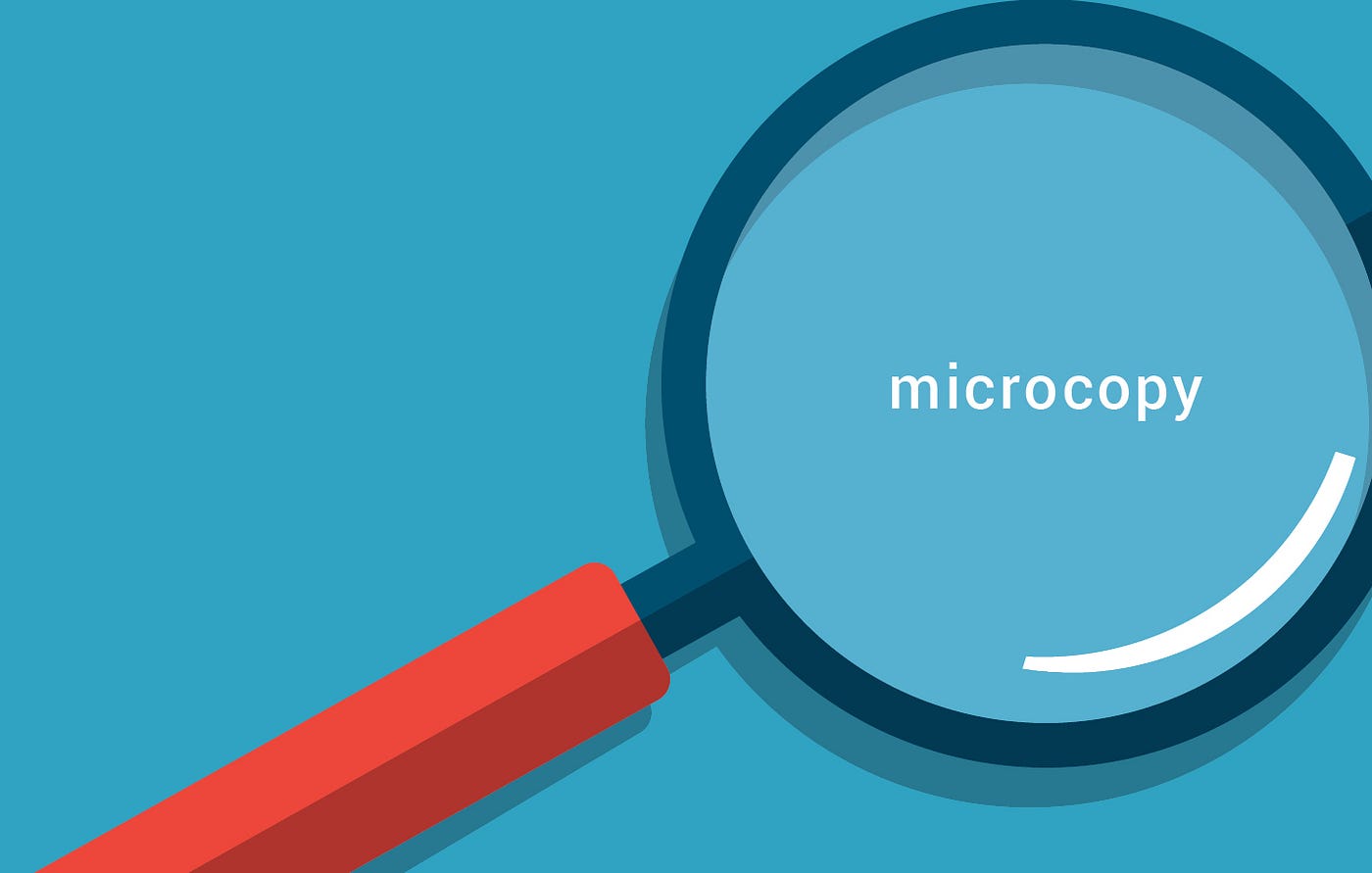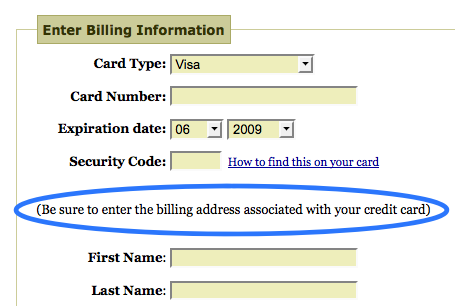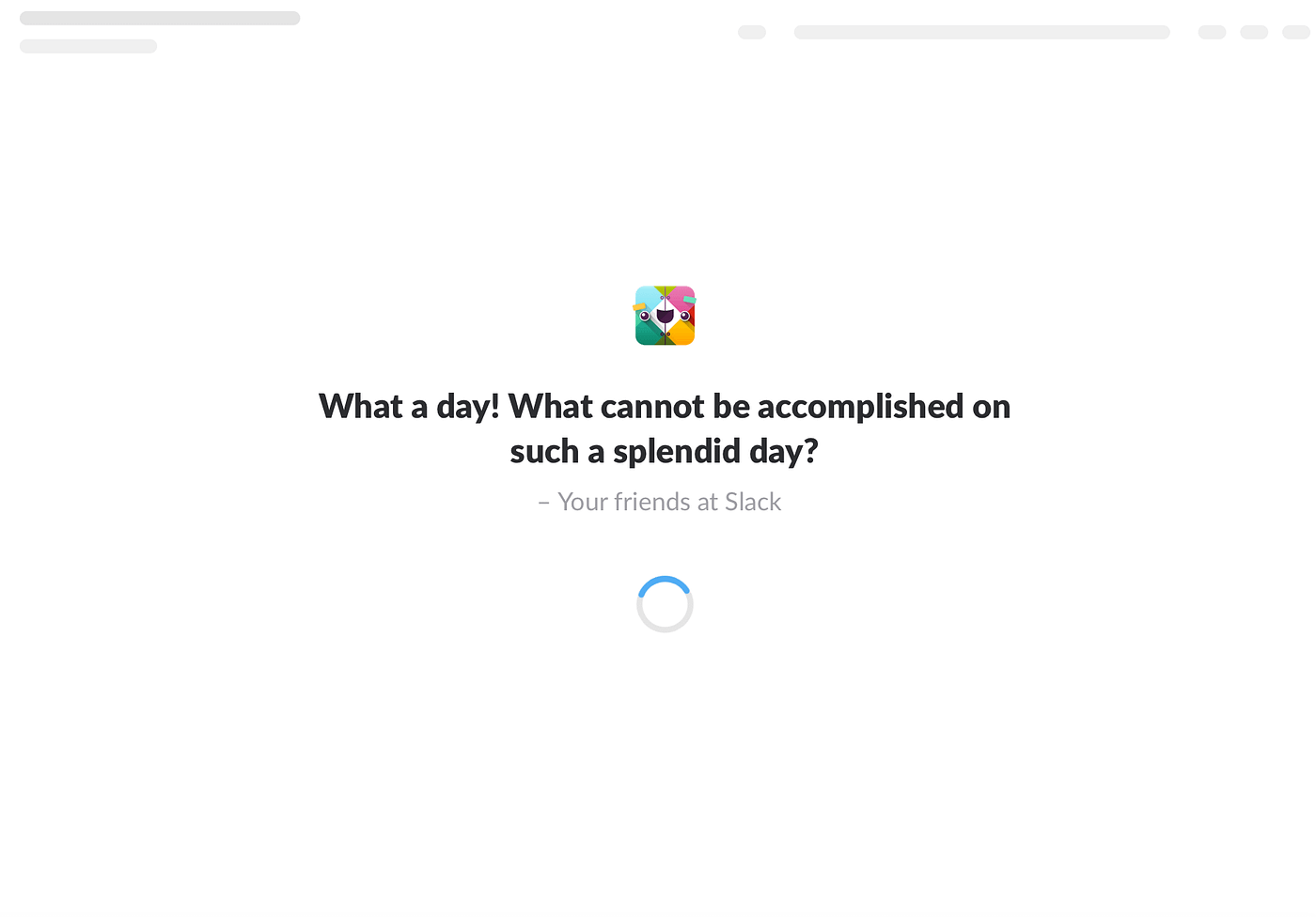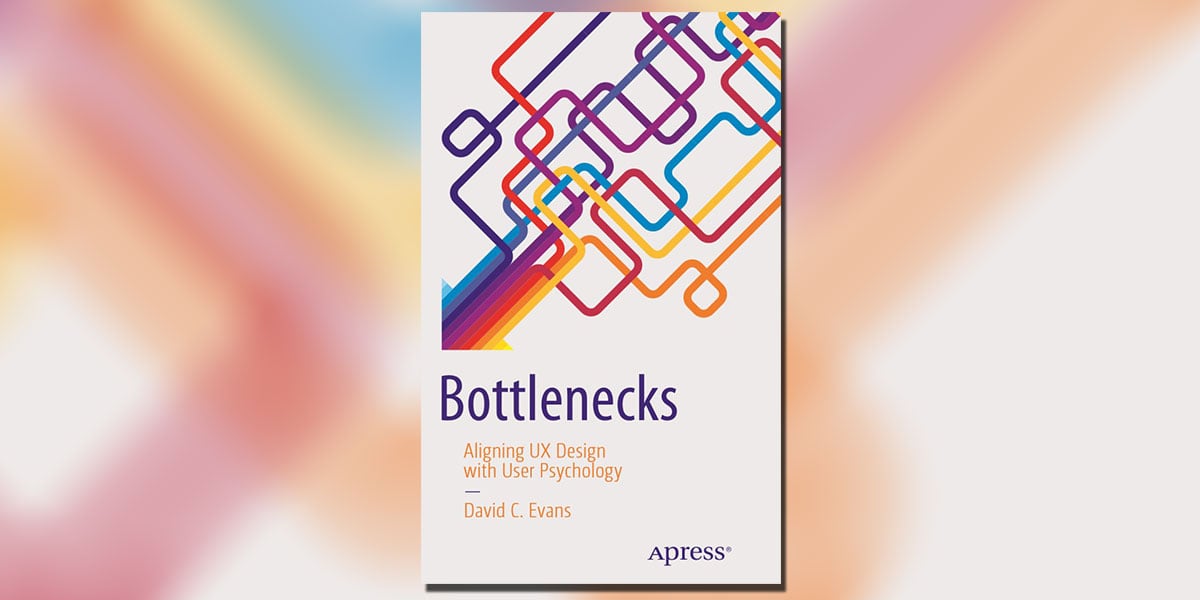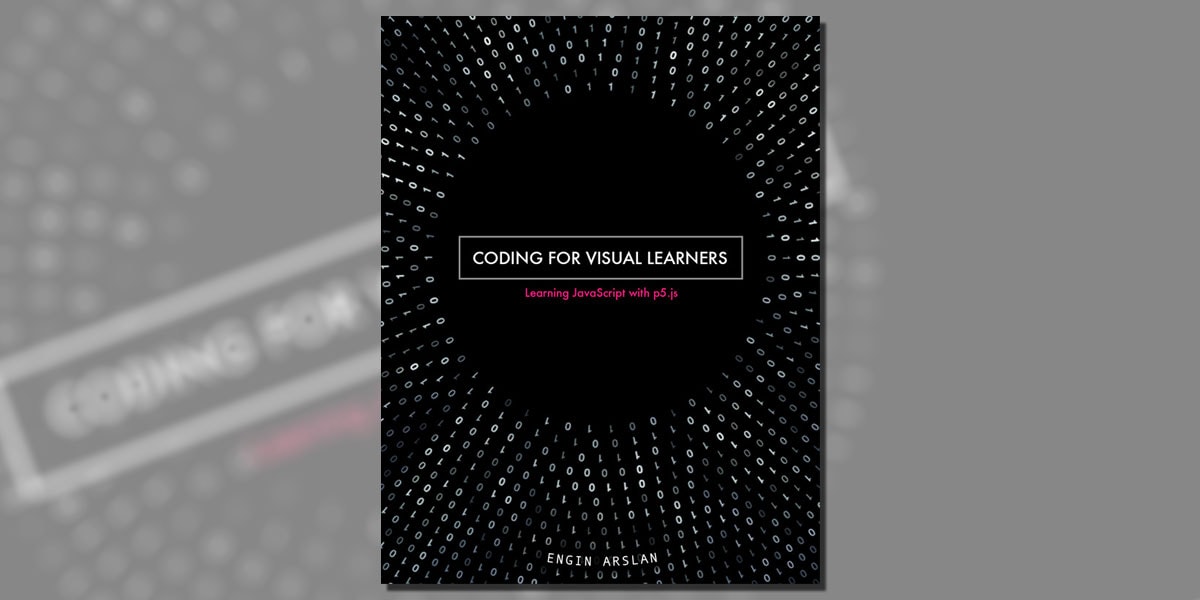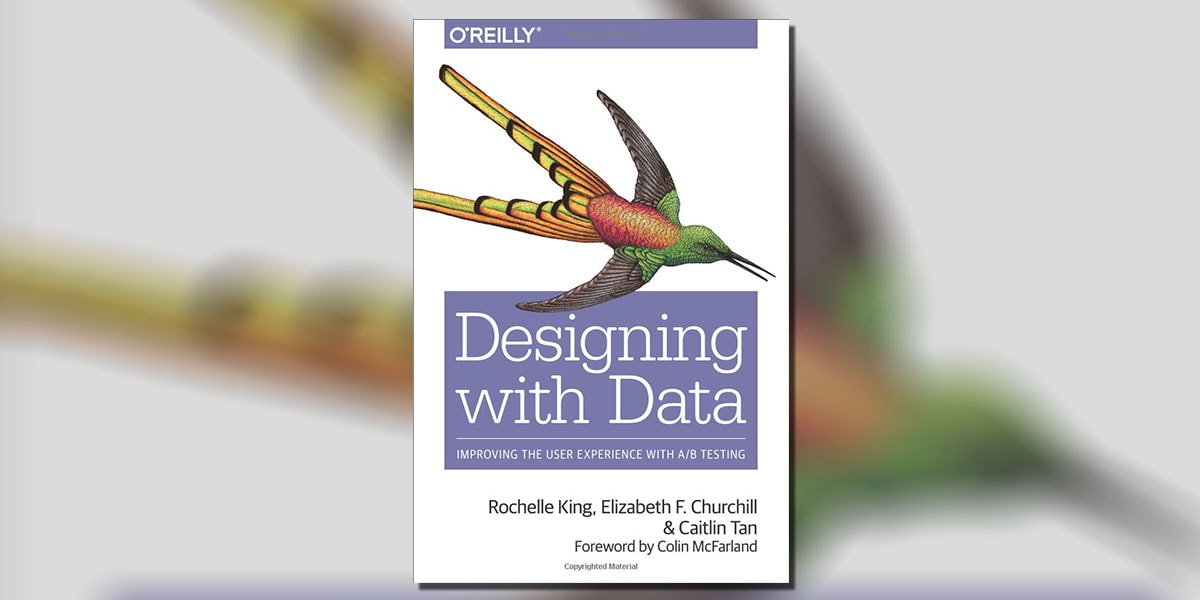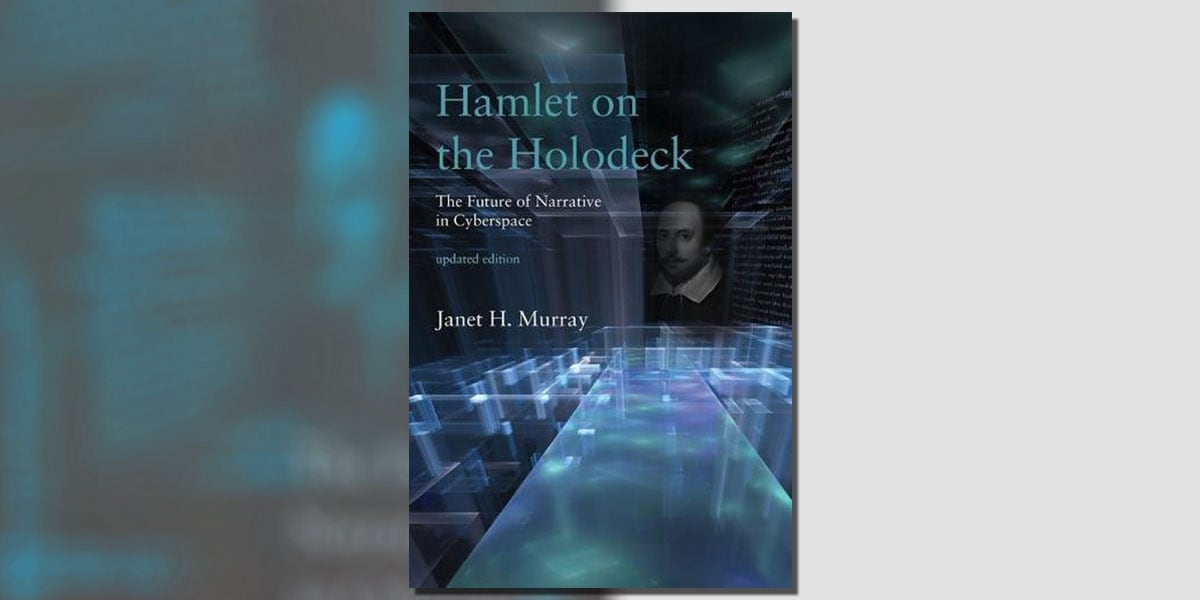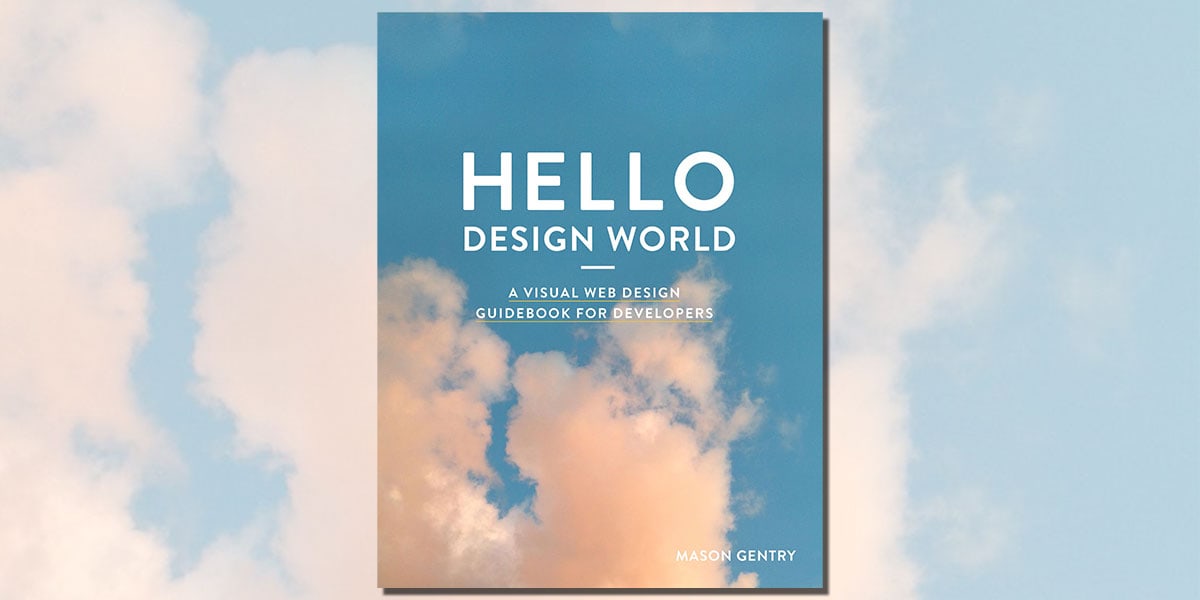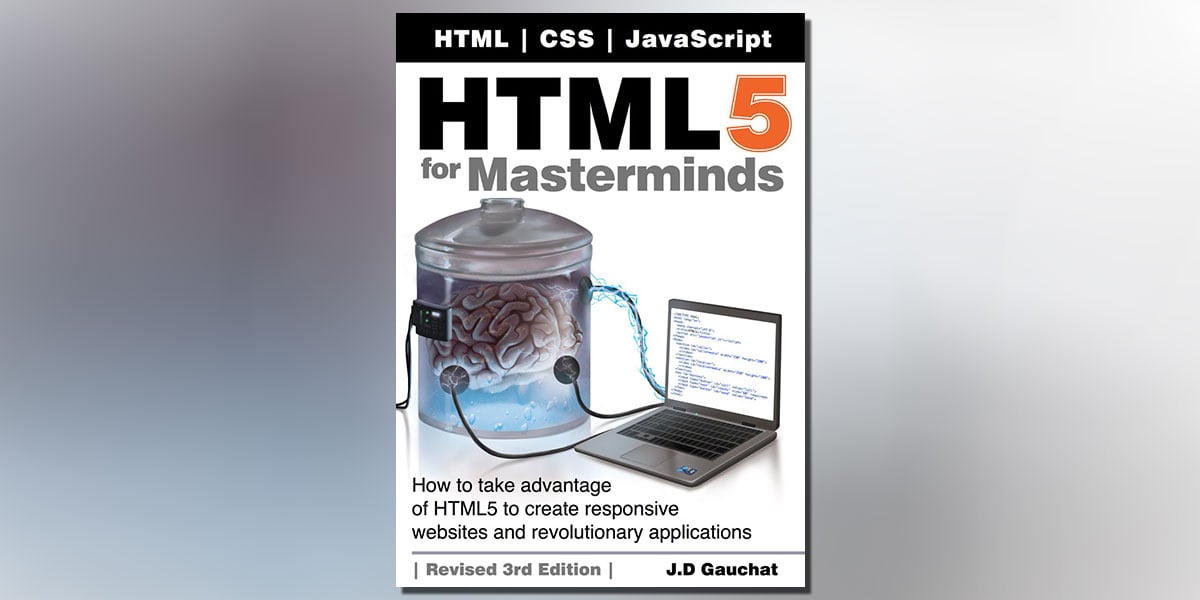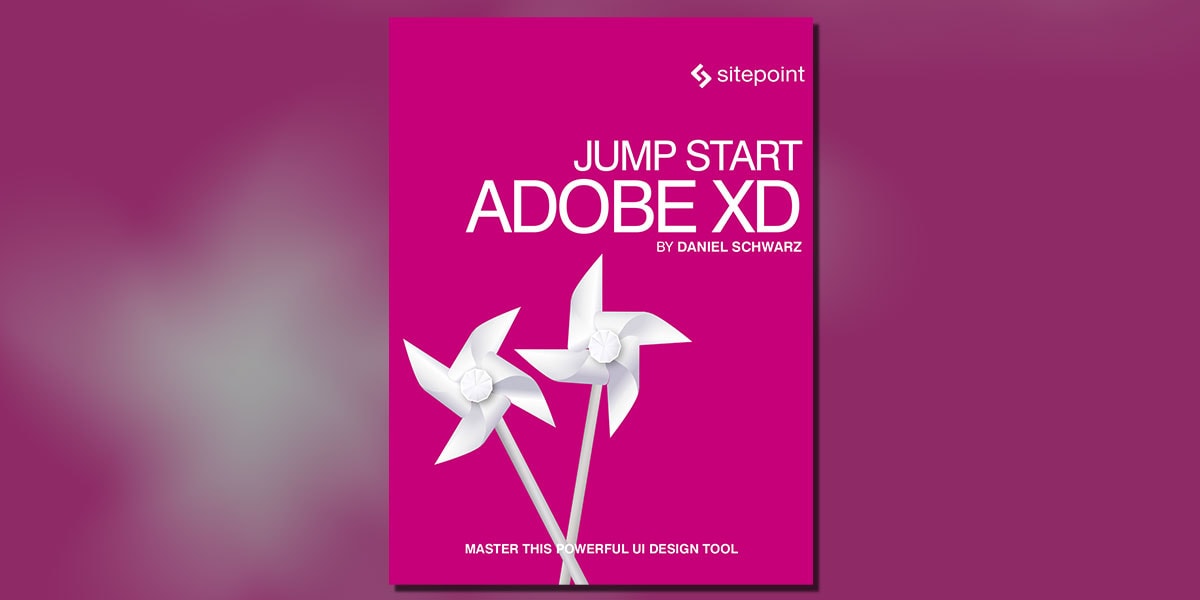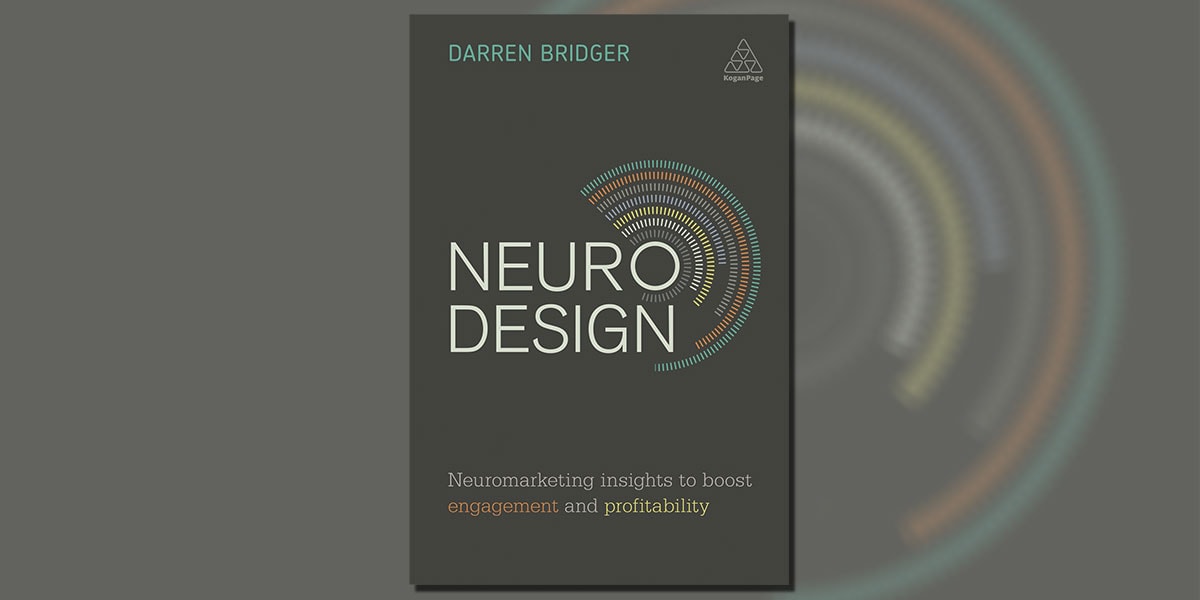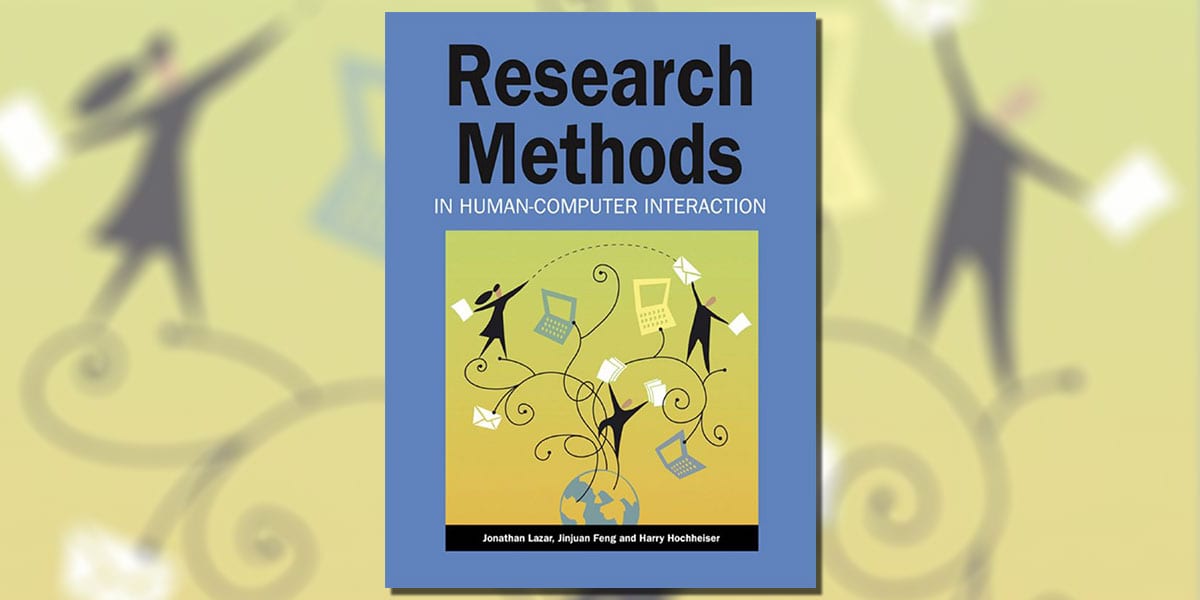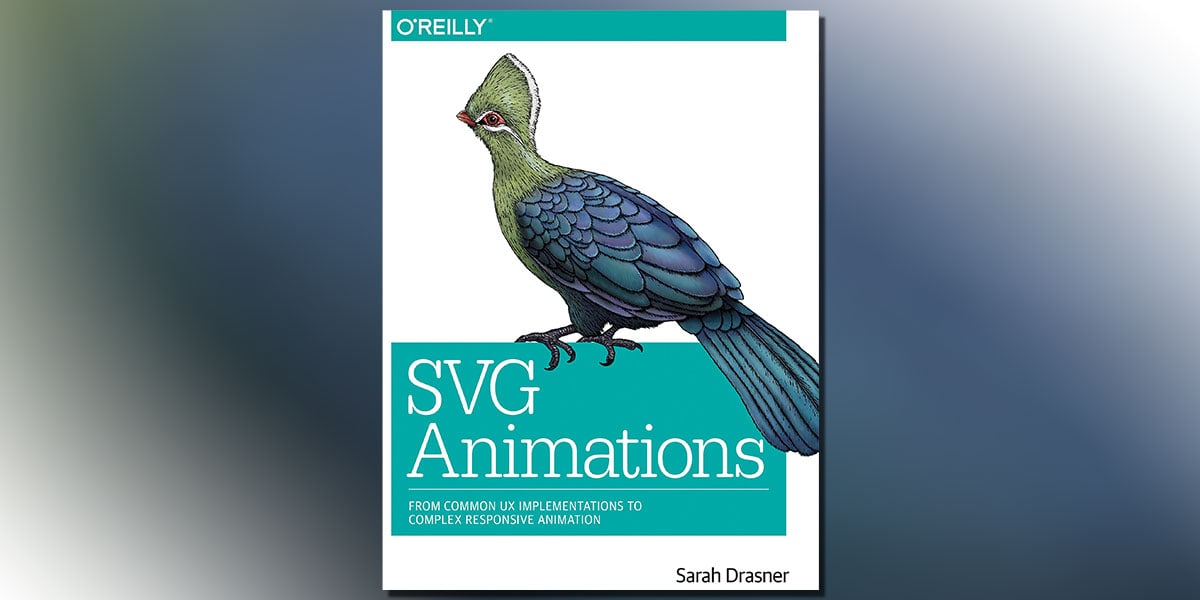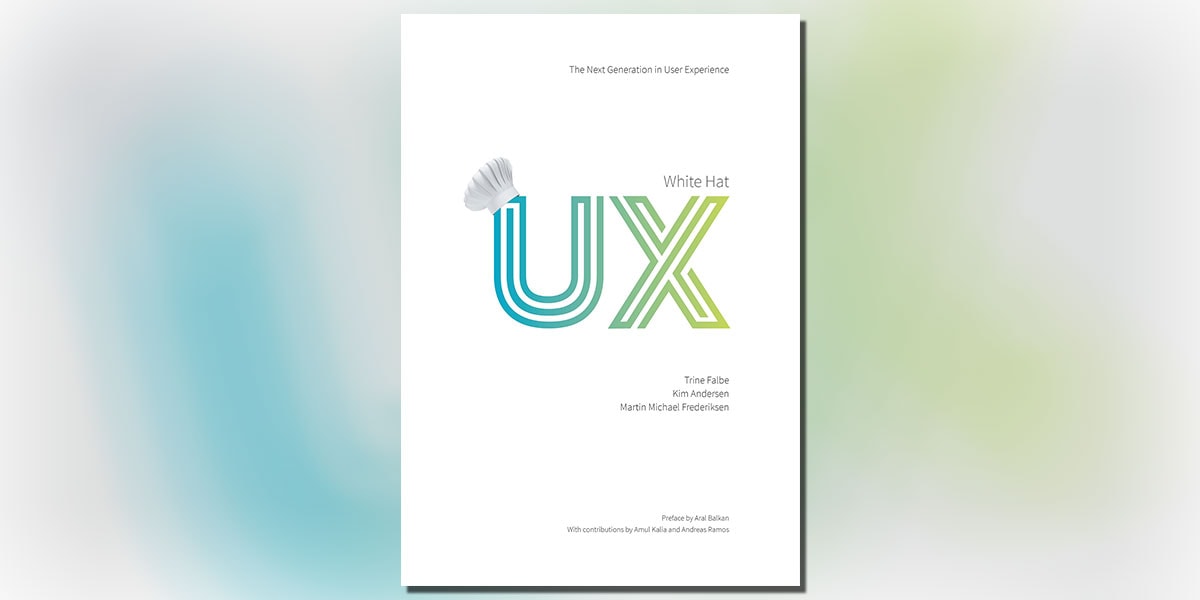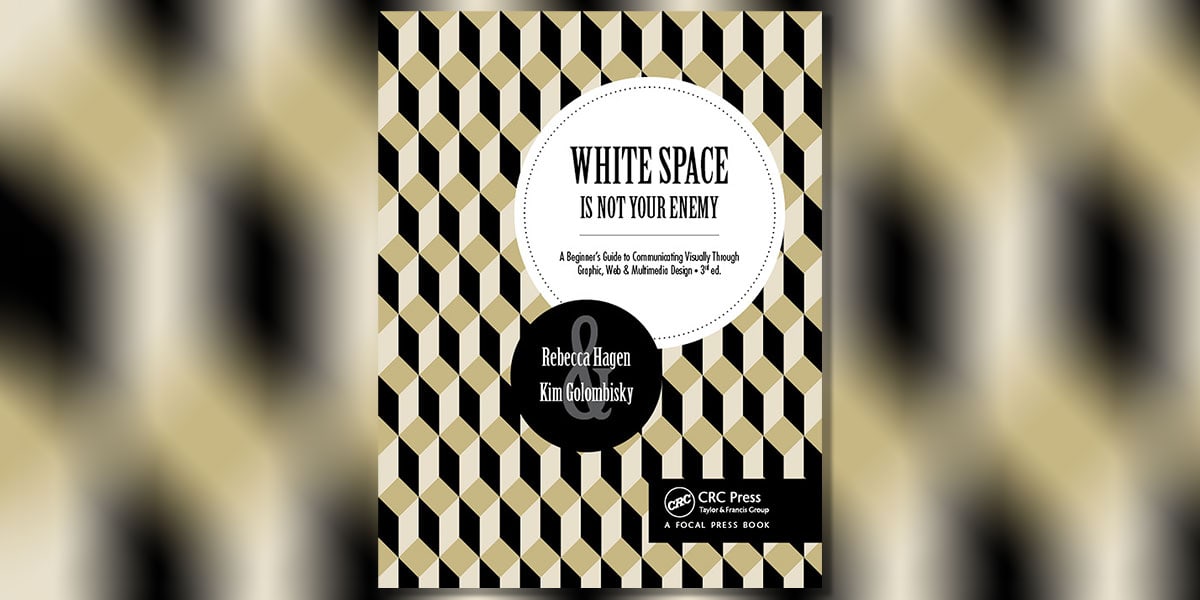Microcopy discover how tiny bits of text make tasty apps and websites
Microcopy discover how tiny bits of text make tasty apps and websites
Small but mighty microcopy
While surfing the web, have you ever stumbled upon an onboarding or error message that made you smile? I love finding these snippets of text that have personality, it reminds me that there are real people on the other side of the website. When I found out that this type of copy was called microcopy, I had to dig deeper and find out more. In this blog post, we will look into what microcopy is, why it’s important, and how you can use it.
And what is it?
You might not have heard the term microcopy, but you have guaranteed seen it. Microcopy is an umbrella term for different type of text on a website or application that help to guide or instruct the user. It can take many forms, such as button labels, form placeholders, error messages, confirmation messages, loading messages, and progress messages. The term is relatively new, and practitioners and organizations operate with slightly different definitions and scope. For example, Nielsen Norman Group uses the term “microcontent” and excludes menu items, field labels, and error messages. Regardless of the scope, they agree upon the role of microcopy. It should speak directly to the thoughts and concerns in people’s heads at the right time. This makes microcopy extremely contextual, and as it has to anticipate the user’s concerns in the interface and give the reassurance.
How microcopy came about
The term microcopy was coined in 2009 by a usability professional, Joshua Porter. In his blog post, Writing Microcopy, he talks about a check out system that he had created.
He realized that the customers were having issues with entering the correct bill address information. But by adding clear instructions for the users next to the billing address field: “Be sure to enter the billing address associated with your credit card”, the problem went away. He realized that this smallest copy could have a mighty impact.
In Joshua Porter’s words:
“Don’t be deceived by the size of microcopy.
It can make or break an interface.”
Why should I care?
Good microcopy makes money. It cost less to incorporate a string of text than hiring more support or designing a new interface. With Joshua Porter’s example, he could have left things as it was, leaving support to deal with complaints and frustrated users who did not complete the purchase. But this would be bad for business. By incorporating microcopy in the right place, he increased usability.
Microcopy is a way for the brand to create a positive experience for the user and also engage them. Professor Clifford Nass of Stanford University research the interaction between humans and computers which he writes about in the book The Man Who Lied to His Laptop. He found that people respond to digital interfaces as if they were humans. We will empathize, be polite, and if it does not behave expectedly, we will argue, be offended, or get angry. We create an emotional bond with the interface. Microcopy establishes a dialog with your users that is full of character and enhance that bond. If the user trusts that the communication is genuine, the more likely they are to follow messages, work together with the interface, and return another day.
There is a lot of business and brand competing for the same user group. Microcopy can enhance the brand and make it stand out from the crowd. Slack is an excellent example of that. It is just a chat program, but it has today more than 10 million daily active users. When they launched in 2013, a chat program was not exactly a new idea. According to the firm that designed the app, Slack got its success because it does three things differently from other enterprise apps. It looks, feels, and sounds different. It is full of delightful microcopy that is playful. It transforms a tedious task, like waiting for a page to load, to something funnier, and it feels like you are playing rather than working.
Interesting… How can I start using it?
First, you have to determine what kind of tone of voice the brand has. If you should describe the brand as a person, how would it be? Does it have a clear vision and mission and set of values? It is essential to map out this before you start writing microcopy because you want the tone of voice to align with the brand. Is it conservative or more humorous, established or cutting edge? In some interfaces like Slack, it is appropriate that it makes you laugh. However, you don’t want that from your doctor’s office, you would instead feel like you are in capable, caring hands. Kinneret Yifrah describes how you can map the brand’s personality in her book Microcopy: The Complete Guide. Look at the images below. Both show a confirmation email after purchase. One has a more humorous approach and the other more serious, even though both sell toys.
Then, you have to consider your target audience. If it is a more specific group, then you can use references that are easily recognized by that group. If the target group is young, then you can use slang that will be incomprehensible to an elderly audience. One rule of thumb is that the wider the target audience, the more diverse and general the language should be.
You need to communicate with your users. Explain what they need to do, how they can find the information you need them to put in, complicated terms, and why they have to do particular tasks. And don’t forget to have empathy for your users. By meeting them where they are mental, you can get them to the next step. Acknowledge their concerns and tell them why you are asking them for sensitive information, what you will do with it, and protect it. Then assure them that if they do this, they will get the outcome they want.
Microcopy is sometimes a bandage.
Microcopy should not be used to fix a defective system or design. If you have to write microcopy than you should first think about what can be improved in the system to avoid them.
The best experiences have minimal copy because they’re intuitive.
Fixing interface usability is often more expensive and time-consuming than adding instructions and explanations to the users, as we have mentioned earlier. But the interface might still remain confusing and frustrating, even for the experienced user. And it might be cheaper to alter the interface in the long run, as you might be losing customers.
Good microcopy can improve your interface, but it should be a thoughtful process from the start. Just as important as good design and ease of use. So next time you are redesigning or creating a website or application, don’t forget about microcopy.
Microcopy: Discover How Tiny Bits of Text Make Tasty Apps and Websites
Microcopy consists of small pieces of text like headings, hint texts, placeholders, summaries, and instructions throughout a website or app. These little bits of content often get overlooked to the detriment of the application or website you’re building, which is tragic since they make the difference between technology that fades into obscurity and technology that goes on to become extremely successful products.
In this book, we’ll see how:
You’ll understand the power of microcopy through many real-life examples and learn how to:
Here’s some praise for the book:
“The content is good. Copy is something that I’ve been trying to get my hands on so Chapter 7 was very helpful for me.” — Jelvin Base, UI/UX Designer
“I really like it since i’m still new in microcopy and gives me an idea why microcopy is important for every app and website. It’s easy to understand and apply specially for beginners like me. I will definitely recommended this book to my friends.” — Eric Luciano, Front-End Developer / Designer
“Niaw prepares her readers for the wonderful world of Microcopy (and burritos) with great examples here and there partnered with the value of using it, reasoning as to how Microcopy works, and flavourful wordplays. This short but tasty book proves how powerful small things like microcopy can make a big difference to your designs.” — Pierce Jonota, Designer
Table of Contents
Chapter 1 – Introduction
Chapter 2 – Gain Users’ Trust
Chapter 3 – Guide the Way
Chapter 4 – Encourage Action
Chapter 5 – Make Them Feel Good
Chapter 6 – Process
Chapter 7 – Writing
Chapter 8 – Conclusion
Appendix A – Bibliography
What Is Microcopy? 5 Essential Tips to Write Like a Pro
Unless you have UX writers on your team, or you’ve done some upskilling in UX writing yourself, microcopy is one key element of of your design process that is probably being overlooked.
But what exactly is it? And do you make sure that yours isn’t creating pain points for your users or, worse, causing them to drop out of the user journey.
In this guide, we’ll define what microcopy is (as well as UX writing) and give you some best practices that will help you write the most helpful and impactful copy for the products you design. Here’s what we’ll cover:
Before we dive in, here’s a video introduction to UX writing (recording of an event with a UX writing challenge!)
1. What is microcopy?
Microcopy refers to the tiny bits of copy on products. From the label on a call to action button, to the placeholder text in input fields in forms, we use it everywhere on our interfaces. Tiny tidbits of copy, big impact on our experience.
Even though these little clusters of text don’t occupy extensive amounts of space on our products, collectively they are a driving force and make a huge difference — responsible for shaping a generous portion of the user experience.
Microcopy can help us guide users, engage users, cue users into functionality, and create pleasurable experiences. Think of it as a little voice leading and aiding users in their journey.
Consider the changing label on the button below by Nicolás J. Engler. After a user clicks on it, the label changes from “submit” to “sending.” This small yet thoughtful change lets the user know the system is working in the background to process whatever the user submitted. Once the process is complete, the label changes again from “sending” to “done.” A fantastic example of how microcopy can inform, delight, and guide the user.
2. What is UX writing?
UX writing is the process of creating user-focused copy that helps get users from point A to point Z in the user journey, one step at a time. By applying the UX design process to the words that appear within the user experience, UX writers find effective ways to:
It’s important to note that UX and copywriting are two different things and, more and more, are two separate roles in the tech sphere. If you want to learn more about the field of UX writing, here are a few articles you’ll find helpful:
3. Three traits of the best microcopy
Not all microcopy is created equal and you will find some painful examples out there. Good microcopy is compact, aware, charming(ly effective). Let’s look at each characteristic in a bit more detail.
Compact
The point of this copy is to help users get from one stage in the experience to the next as smoothly as possible (building rapport along the way —as appropriate). Good microcopy isn’t wordy, it isn’t lengthy, and it doesn’t ramble. It is clean, simple, and goes straight to the point.
Aware
Awareness of users’ needs and goals is absolutely key, as is a focus on the user journey —where’s the user at in the journey at this particular point? Where were they right before this? Where will they go from here? Good microcopy is mindful of the product and user goals, and understands its purpose in helping to accomplish those goals.
Charming(ly effective)
Concision and goal-awareness does not have to equal boring. Good microcopy should be conversational and charming, in an on-brand, getting-the-user-where-they-need-to-go sort of way. It should be delightful and clever, making the experience all the more pleasurable and engaging. But a word of warning: It’s easy to get carried away! Don’t mistake charm for effectiveness, especially in parts of the user journey that require more care (when the user might be feeling less assurance, and more fear or wariness).
4. Five tips to write amazing microcopy
Although it can be intimidating, especially for anyone without a lot of writing experience, writing for a digital product doesn’t have to be stressful! Here are five tips on how to get your microcopy to be compact, aware, and charming.
Tip #1: Define voice and tone
And how do you define a voice?
Here’s a simple 3-step process (use this to start and then refine and iterate from there):
Tip #2: Keep it casual
Long gone are the days of rigid and cold products. These days, apps and websites don’t sound formal or serious—they are friendly and relaxed. Your microcopy plays a huge role in communicating this feeling, especially during portions of the experience that can make users uneasy, like error messages. Try to remain conversational in your writing — open, and inviting.
One of my favorite examples of microcopy popping up everywhere are suggestions in search fields. Rather than using the classic “search” label in them, products are opting for creative suggestions.
In the shot above, Airbnb suggests a location, Costa Dorada. The word choices feel relaxed—they opt for a simple and friendly “try.” This string of words quickly tells the user what to do with the UI element and who knows, might lead someone straight to a new, exciting location.
Tip #3: Keep it clear
Good microcopy speaks your user’s language. Try to use everyday, simple words users will be familiar with. Talk to your users, get to know how they speak, learn their jargon, and model your writing on them.
Namika Hamasaki keeps the labels on the two buttons in her pop-up straightforward and simple. The labels are fashioned using everyday language, easy for anyone to understand.
Tip #4: Be helpful
Remember, good microcopy helps guide users. Whenever you jot down a sentence or label a CTA, make sure it is helping users get somewhere and not creating a dead end inside your product.
Emmanuel Torres makes it super easy for users to create strong passwords. He sets a strength meter right below the password input field that lets the user know how effective the password it. Below, he lists out the three main characteristics strong passwords on the product should have. These small words make password selection a piece of cake.
Tip #5: Test your copy!
As with all things UX, you need to test your microscopy with actual users. This will help you measure its clarity and make sure it resonates with your audience. Just because a set of copy works well and makes sense to you and your team does not mean it will work for all of your users! Test, test, test —then iterate and test some more!
If you want to write microcopy that works well for all kinds of users in a variety of situations, you’ll want to make sure you’re writing inclusively and conducting inclusive UX research to begin with.
5. Final thoughts
Whether you’re a new or aspiring UX writer, or you work elsewhere in the design and development process, if you have a part in creating the words to guide your users, microcopy is an essential skill to master.
This guide, as well as the resources we’ve linked throughout, should help you get on your way to writing concise, aware, and charming(ly effective) microcopy. If you want to learn even more, here are a few other articles you’ll find helpful:
What You Should Do Now
Get a hands-on introduction to UX design with our free, self-paced UX Design Short Course.
Take part in one of our FREE live online UX design events with industry experts.
Talk to a program advisor to discuss career change and find out how you could become a qualified UX designer in 5-10 months—complete with a job guarantee.
This article is part of:
UX Design
Maria de la Riva
Maria de la Riva is a UX/UI Designer digital nomad. For the past 4 years, she’s worked with online education startups, like CareerFoundry, mentoring and writing curriculum content. Currently, she is Head of Product at Iguama Inc., a startup developing the technology loyalty programs need to help their users redeem points on online retailers. Maria is an avid diver and sailor.
Related UX Design Articles
How to Use the SCAMPER Technique in UX Design
The Ultimate Guide to UX Research Bootcamps
Writing a UX Designer Cover Letter: Everything You Need to Know
What is CareerFoundry?
CareerFoundry is an online school for people looking to switch to a rewarding career in tech. Select a program, get paired with an expert mentor and tutor, and become a job-ready designer, developer, or analyst from scratch, or your money back.
20+ Fresh Design and Development Books to Read this Summer
A few years ago when I first started learning computer science, paperback books were the primary source of information. I had to buy or rent them from libraries. The smell of fresh of typographic ink was priceless. It was a ritual of knowledge where the writer shared his experience.
Paragraph by paragraph and chapter by chapter, I was fascinated and at the same time, determined to challenge the author, to overcome my limits and become a pro.
Who needs books when we have video tutorials?
Then, the era of video tutorials came. I used to do my work with some video tutorials running in the background. As I’ve upgraded to a dual monitor set-up, it is easier than ever. However, somewhere along the line, I forgot to read books. And while I’ve felt that something was missing, it didn’t come to my mind that the paperback book was missing.

Today, there are a lot of resources for anyone looking to get started with design or development. However, it’s even harder to find the right information. After all, not everybody is a born writer. Knowledge is nothing without expression.
Here is a short list of new books I’ve bought this year. I am sharing them with you, and I hope that you’ll find them useful.
Bottlenecks: Aligning UX Design with User Psychology
With Postcards you can create and edit email templates online without any coding skills! Includes more than 100 components to help you create custom emails templates faster than ever before.
“Bottlenecks brings together two very important aspects of user experience design: understanding users and translating this into business impact. A must-read for anyone who wants to learn both.” – Josh Lamar, Sr. UX Lead, Microsoft Outlook
David C. Evans is a renowned author. You may know him from his posts on Mashable, MediaPost or TechCrunch. He holds a doctorate in social pPsychology and during his career has into UX from inside some of the most successful companies around the world. In “Bottlenecks: Aligning UX Design with User,” the author combines usability with psychology, providing a one of a kind content. You’ll find real world strategies for marketing and product development backed up by tested theories for research to better meet user’s needs. The author showcases both good and bad design, and most importantly, the results after psychological alignments. After you’ll read this book, you’ll understand why the psychological constrictions social influence, mood, memory, cognition, inspiration are playing key roles in shaping people’s receptivity to digital innovations.
If I didn’t convince you, then have a look at the author’s presentation of his book.
Coding for Visual Learners: Learning JavaScript with p5.js
If you believe it’s just about the time to switch from a pure designer mindset to a coder designer, then “Coding for Visual Learners” by Engin Arslan will help you to do that. The book will teach you to code in JavaScript using the p5.js library in an engaging and visual manner.
The author makes use of visual cues to help you build a strong skill set to get you up and running with coding. The author aims to help you to acquire fundamental knowledge in a short amount of time. It’s the ideal book for artists or visual designers that want to understand what’s happening between lines of code that power their designs.
Designing with Data Improving the User Experience with A/B Testing
The power of data is frequently neglected by creatives. While design practices and data science may seem to appear separate disciplines, both can contribute to better designs and, subsequently, better products and digital experiences. According to the authors Rochelle King, Elizabeth F. Churchill and Caitlin Tan, data can enhance design and design can bring deeper meaning to data.
With Startup App and Slides App you can build unlimited websites using the online website editor which includes ready-made designed and coded elements, templates and themes.
The book is a practical guide that will help you understand the value data-driven A/B testing for design decisions starting from small usability tweaks to large-scale UX systems. To do so, the author provides real-world examples of product design workflows shaped by data-driven design. You’ll understand the relationship between data, business, and design, different sets of data, data types and the components of A/B testing. While the subject is quite complicated, the author manages to deliver the content in a concise but accessible format.
Holodeck: The Future of Narrative in Cyberspace
The first edition of this book was published in 2007. However, if you ask me, this book comes from the future. It’s a great read for anyone who enjoys digital storytelling. It was born from the fascination with the impact of emerging technologies. Written by Janet H. Murray, director of the Laboratory for Advanced Technology in the Humanities at the Massachusetts Institute of Technology, the controversial and influential book anticipated the new genres of media storytelling. In the dramatically updated 2017 edition, the author brings new examples of vivid digital storytelling and unveils new directions for narrative innovation.
Heart of the Machine: Our Future in a World of Artificial Emotional Intelligence
Computers have been a part of our lives for a long time, and their role continues to grow. It’s no wonder that many expect artificial intelligence to surpass human intelligence in the near future. Richard Yonck, a futurist and award-winning author on developing trends and technologies, covers this fascinating subject. He describes all sides of our relationship with emotional machines, innovations to expect and speculates on the possible results of technology in different aspects of our life, and the legal, ethical and spiritual issues it implies. Overall this book is written in a highly readable way with great concepts and less of technical detail.
Hello Design World
“When you start learning a new programming language you write ‘hello world’. What you need is a resource that teaches design in the same way. Something that shows you what language to use, how to start and what to do when you get stuck.” — Daniel Schwarz
There are a lot of resources for designers looking to learn coding. However, if you are looking to switch from programming to design or simply looking to widen your area of expertise, you’ll find fewer resources on the topic. Mason Gentry offers a practical insight that will help you overcome the conceptual barrier between design and code in an all in one package. In his book, the author avoids abstract theories about typography, colors, and style. Instead, he offers practical insight in the wonderful world of design.
How to Write Great Website Content in 2017
Oh no, another SEO book! Well, this one is different. “How to Write Great Website Content in 2017,” previously called “Creating Fat Content,” has been renewed and completed with the most recent information on creating content that ranks. Despite changing the algorithms, Google’s intent is the same – to show the best websites to its users. The book is full of bits of advice on what content users want to see, and how to make your web page more attractive by thinking in terms of “share-bait” and “link bait,” Share bait is content visitors want to share; link bait is the type of content that other webmasters will want to link to. The author insists that once you create such content, the advantage you’ll have over other similar websites is immeasurable, and your content will rank better and will establish in the search engines.
HTML5 for Masterminds: How to Take advantage of HTML5 to Create Responsive Websites and Revolutionary Applications
J.D. Gauchat’s book is a complete course that takes you through the steps of building awesome applications and responsive websites. From newbies to pros, everyone will find this work useful and valuable. You will be able to structure documents with HTML, style with CSS and work with JavaScript APIs. Each chapter explores both basic and sophisticated concepts of the HTML, CSS and JavaScript trio, with functional examples on every single element, style and function included in these languages. Newbie, or pro, you’ll find a lot of useful information in this book.
HTML5 in Easy Steps, 2nd Edition
This book is great for those who want to learn HTML5 from the beginning, or for programmers who want to find out about latest HTML5 techniques in clearly explained manner. Mike McGrath’s second edition includes all the iteams that were missing in the first edition and features of the latest specifications are included in detail with examples and screenshots. The book is full of interesting tips you will not find in other books and the colored coded sections make it easy to read and to understand for everyone.
Elements of a Successful Website
Matthew Edgar’s “Elements of a Successful Website” offers an approachable way to improve your website. The author doesn’t claim to have a miracle solution. Instead, starting from the idea that the success is reachable only by continuously evolving, he explains five fairly simple and effective themes suitable for big or small businesses. The book promotes the idea that actions need to be done individually, in a distinct way that fits exactly your label, and the key to success is to be open to make changes, adjustments and tests all the way.
Jump Start Adobe XD
Experience Design CC is the newest design tool from Adobe. Designed from scratch Adobe XD comes with a clean, uncluttered UI. However, the main features of Adobe XD are under the hood, where the tool has some power user features such as live preview, artboards, Repeat Grids and collaboration tools. Designed to empower designer to create exceptional UX experiences, Adobe XD is the tool to use for anyone serious about prototyping.
And because it’s a new tool, have a look at David Schwarz’s “Jump Start Adobe XD” book, where he provides a rapid and consistent introduction to using Adobe XD for prototyping and designing UX. You’ll find about getting along the XD’s clean UI and efficient keyboard shortcuts, you’ll get to know XD’s powerful tools, create wireframes and prototypes and more.
Machine Learning for Complete Beginners
With the rise of AI, it’s imperative that developers and designers get up to speed with the latest developments in the field. Machine learning is a subset of AI, that can be used to give a machine the ability to learn without being completely programmed. Based on iterative algorithms, machine learning allows computers to find data, independent of the programmer’s code.
If you are interested in machine learning and data science, supervised and unsupervised learning, reinforcement learning, clustering algorithms, data mining, etc. then this is the book for you. Robert Wilson talks about serious stuff in an understandable and comfortable manner.
Mastering TypeScript, Second Edition
Beginners and experienced developers alike will find this book useful in learning how to get the most out of JavaScript development with TypeScript. From entry-level to advanced, the author provides practical examples of real-life techniques to build JavaScript applications. Nathan Rozentals covers popular JavaScript frameworks and when you’ll finish the book, you’ll be able to confidently build TypeScript applications, whether you are targeting Angular, Aurelia, React, Backbone, Node or any other JavaScript framework.
Microcopy: Discover How Tiny Bits of Text Make Tasty Apps and Websites
Microcopy includes small pieces of text like headings, hints, summaries, placeholders or instructions throughout a website or app. These pieces of content often get overlooked and frequently misunderstood. Niaw de Leon points out at the importance and the value of text pieces. An interesting read for anyone building apps and websites, but a compulsory read for theme designers.
Neuro Design: Neuromarketing Insights to Boost Engagement and Profitability
The most prominent companies around the world are using neuroscience research and theories to optimize their digital content. Darren Bridger, one of the original pioneers of the consumer neuroscience industry, shows designers and marketers how to use and analyze data that strike into consumer’s non-conscious thinking and motivations. Readers will find this book very helpful in boosting profitability and enhancing customer engagement with their websites by learning about neuromarketing design theories and neuroaesthetics.
Reactive Design Patterns
“Reactive Design Patterns” is a must read if you are offers guidance in building responsive, elastic and resilient message-driven distributed systems. Design patterns and message-driven architecture makes a Reactive application remain responsive in ever-changing environment. The authors present the best practices and patterns of Reactive design and explain the concepts with practical examples using Scala, Java and Akka.
Research Methods in Human-Computer Interaction
Techniques in human-computer interaction research is growing dramatically as a result of perpetual technological evolution. This book is a great guide on HCI research methods, with a multi-disciplinary approach. It delivers complete directions on the research processes based on relevant examples. It targets industrial and academic researchers, stimulating them to change the perception of human-computer interaction by making their work different and outstanding.
SVG Animations: From Common UX Implementations to Complex Responsive Animation
Learn SVG from one of the best in the field, Sarah Drasner. You’ll find the key to most problems one can encounter while animating with SVG. Some of the things covered by this book include how to make a complex animation responsive; plan and debug animation; profile each animation technique regarding performance; make SVG optimized, responsive, cross-browser compatible and backward compatible. The book also comes with some particularly insightful examples that will help you understand the fundamentals of SVG.
Tragic Design: The Impact of Bad Product Design and How to Fix It
What an inspiring title. Let’s face it, bad design is everywhere. In this book, the authors explain the cost of poorly designed products. Poorly design products can sadden, anger, exclude and even kill people who use them. Is the designer at fault? Yes? But was it on purpose?
The authors objectively examine real cases of bad design choices from both the end-user perspective and design perspective. The book is a manifesto of justice, ethics and inspiration.
White Hat UX: The Next Generation in User Experience
Good user experience is a term embedded in every designer’s workflow. “White Hat UX” shows how to focus on doing the right thing while creating unique user experiences. Designers have the duty not only to meet user’s necessities but to focus on ethics while doing their job. The online space has always been a place for cheating, and this book shows how to avoid going on the wrong path, using insights from the industry and helpful illustrations to make the content easy to read.
White Space Is Not Your Enemy: A Beginner’s Guide to Communicating Visually Through Graphic, Web & Multimedia Design, 3rd Edition
Graphic designers will love this book. It’s a graphic design and layout guide that brings new practices and concepts for better visual communication in all formats – from web to print. In the latest revision, the authors are covering new trends in web design: UI/UX design, mobile-first, typography and their influence in a designer’s approach to a project. Gestalt theory, color theory and WET layout are analyzed in depth in separated sections. Overall this edition has a lot of improvements over the previous version, and it’s a must-have for any graphic designer.
Conclusion
That’s it for now. I’ll be glad to update this list so drop a title in the comment section.
Quero ser UX Writer!
Q uer fazer parte do fascinante mundo da microcópia e textos para interface digital mas não sabe por onde começar? Vem comigo que eu te conto.
Tenho recebido muitas mensagens parecidas no WhatsApp ultimamente. Todas elas dizem mais ou menos o seguinte: “quero virar UX Writer! Me ajuda?”. Antes de mais nada, vamos deixar claro que o UX Writing não é nenhum bicho de sete cabeças, não nasceu ontem e não é modinha. Tem gente fazendo isso há anos sem saber que o nome é esse, tem gente que deveria estar fazendo outra coisa fazendo também (olá, devs! Amo vocês).
Seja como for, já existe muito material de estudo bom para quem quer se especializar e entender de verdade que bicho é esse. Compilei aqui as leituras, sites, cursos e materiais que podem ajudar a clarear o caminho de quem está pensando em se jogar no mundo dos textos para interface digital, a famosa microcópia (palavrinha absolutamente horrenda, na minha opinião).
Segura na minha mão e vem:
LIVROS
A bíblia dos UX Writers, o melhor livro para quem quer atuar na área, exclusivamente focado em microcópia. É didático, é gostoso de ler, é cheio de exemplos e ferramentas super úteis para usar no dia a dia. Por enquanto, só em inglês no site da autora.
IMPORTANTE: A autora fez um trabalho fantástico de estudar, estruturar e compartilhar informações valiosíssimas para o meu, o seu, o nosso desenvolvimento. O trabalho dela deve ser reconhecido. Não pirateie o PDF. Não seja essa pessoa.
Basicamente um “apostilão” com uma quantidade razoável de dicas para a redação de títulos, links, botões, mensagens de erro, placeholders e mais.
A autora é pesquisadora e especialista em design de informações, e seu livro ajuda a entender a interface humana e como usar a comunicação para desenvolver produtos e tecnologias melhores. Disponível no site da autora, em PDF e impresso.
Mais abrangente que os primeiros, esse livro fala sobre escrever para a web — seja uma documentação de produtos, sejam labels de menu. Bem útil para quem precisa de uma visão geral sobre conteúdo digital, traz ainda uma ótima abordagem sobre planejamento.
Esse é cheio de dicas práticas para criar um framework de conteúdo, além de explicar os conceitos mais importantes relacionados à experiência do usuário. Usando a abordagem do Design Thinking, o livro mostra como o conteúdo se encaixa na cadeia de desenvolvimento de produtos digitais.
Menos focado na microcópia, mas aborda um assunto importantíssimo: como maximizar o valor do seu trabalho criando textos flexíveis, que possam ser reaproveitados ao máximo. Além disso, a capa é maravilhosa. 😀
Se você quiser ir além do texto e entender o grande guarda-chuva chamado de “experiência do usuário”, recomendo muito aprofundar-se nessas leituras:
Você dificilmente conseguirá colaborar com um time de UX se não souber o que significa Design Thinking. Esse é o melhor guia para começar a entender o assunto — e tem em português!
Fácil de ler e cheio de exemplos visuais, o livro explica direitinho o processo de UX para criação de produtos e é muito útil para quem deseja ter uma visão geral do assunto.
Explica a importância estratégica do design para os negócios e analisa dezenas de soluções. Uma leitura densa, mas que pode incrementar muito seu repertório.
Old but gold. O livro foi lançado há mais de 15 anos e — pasme — ainda é muito útil para quem quer aprender os princípios básicos de usabilidade. O autor lançou uma edição atualizada em 2014 com algumas revisões e novos exemplos.
